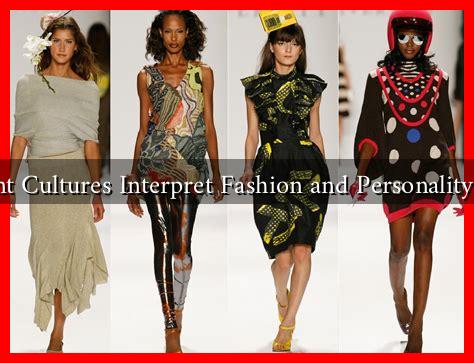-
Table of Contents
Do Different Cultures Interpret Fashion and Personality Differently?
Fashion is not merely a reflection of personal style; it is a complex interplay of cultural identity, social norms, and individual personality. Across the globe, different cultures interpret fashion in unique ways, often linking it to personality traits, social status, and even moral values. This article explores how various cultures perceive fashion and its relationship with personality, providing insights into the broader implications of these interpretations.
The Cultural Significance of Fashion
Fashion serves as a visual language that communicates a multitude of messages. In many cultures, clothing choices can signify social status, profession, and even political beliefs. For instance, traditional attire in many countries is often worn during significant cultural events, symbolizing heritage and identity.
- Japan: The kimono is a traditional garment that represents Japanese culture and aesthetics. Wearing a kimono can convey respect for tradition and an appreciation for craftsmanship.
- India: In India, sarees and turbans are not just clothing items; they are symbols of cultural pride and identity. The choice of color and fabric can also reflect one’s social status and personality.
- Western Cultures: In many Western societies, fashion is often associated with individualism. The choice of clothing can express personal beliefs, lifestyle choices, and even political affiliations.
Fashion and Personality: A Cultural Lens
Different cultures interpret the relationship between fashion and personality in distinct ways. In some societies, clothing is seen as an extension of one’s personality, while in others, it may be viewed as a means of conforming to societal expectations.
- Individualism vs. Collectivism: In individualistic cultures, such as the United States, fashion is often a form of self-expression. People may choose bold, unique styles to showcase their personality. Conversely, in collectivist cultures, such as China, fashion may be more about fitting in and adhering to group norms.
- Gender Norms: In many cultures, fashion is heavily influenced by gender norms. For example, in Western societies, women may be encouraged to wear dresses and skirts, while men may be expected to wear suits. However, in cultures with more fluid gender roles, such as in some Indigenous communities, clothing may not be strictly gendered.
- Religious Influences: In cultures where religion plays a significant role, fashion choices can be deeply intertwined with spiritual beliefs. For instance, Muslim women may wear hijabs as a sign of modesty and faith, which can also reflect their personality and values.
Case Studies: Fashion and Personality Across Cultures
To illustrate the diverse interpretations of fashion and personality, consider the following case studies:
- Scandinavian Minimalism: In countries like Sweden and Denmark, fashion often leans towards minimalism, reflecting a cultural preference for simplicity and functionality. This aesthetic is associated with personality traits such as practicality and a focus on sustainability.
- Brazilian Carnival: The vibrant and extravagant costumes worn during Brazil’s Carnival reflect a culture that celebrates joy, freedom, and self-expression. Participants often use fashion to showcase their personalities, embracing bold colors and unique designs.
- Traditional African Attire: In many African cultures, traditional clothing is rich in symbolism and meaning. The patterns and colors used can convey messages about the wearer’s personality, social status, and cultural heritage.
Statistics and Trends
Recent studies have shown that fashion choices can significantly impact perceptions of personality. According to a study published in the journal Personality and Individual Differences, people often make snap judgments about others based on their clothing. The study found that:
- Individuals wearing formal attire were perceived as more competent and trustworthy.
- Casual clothing was associated with creativity and openness.
- Fashion choices can influence hiring decisions, with 65% of employers stating that they consider a candidate’s attire during interviews.
Conclusion
Fashion is a powerful medium through which cultures express identity, values, and personality. While some cultures emphasize individual expression through unique styles, others prioritize conformity and tradition. Understanding these cultural differences can enhance our appreciation of fashion as a form of communication that transcends borders. As globalization continues to influence fashion trends, the interplay between culture and personality will undoubtedly evolve, offering new insights into how we perceive ourselves and others through the lens of clothing.

